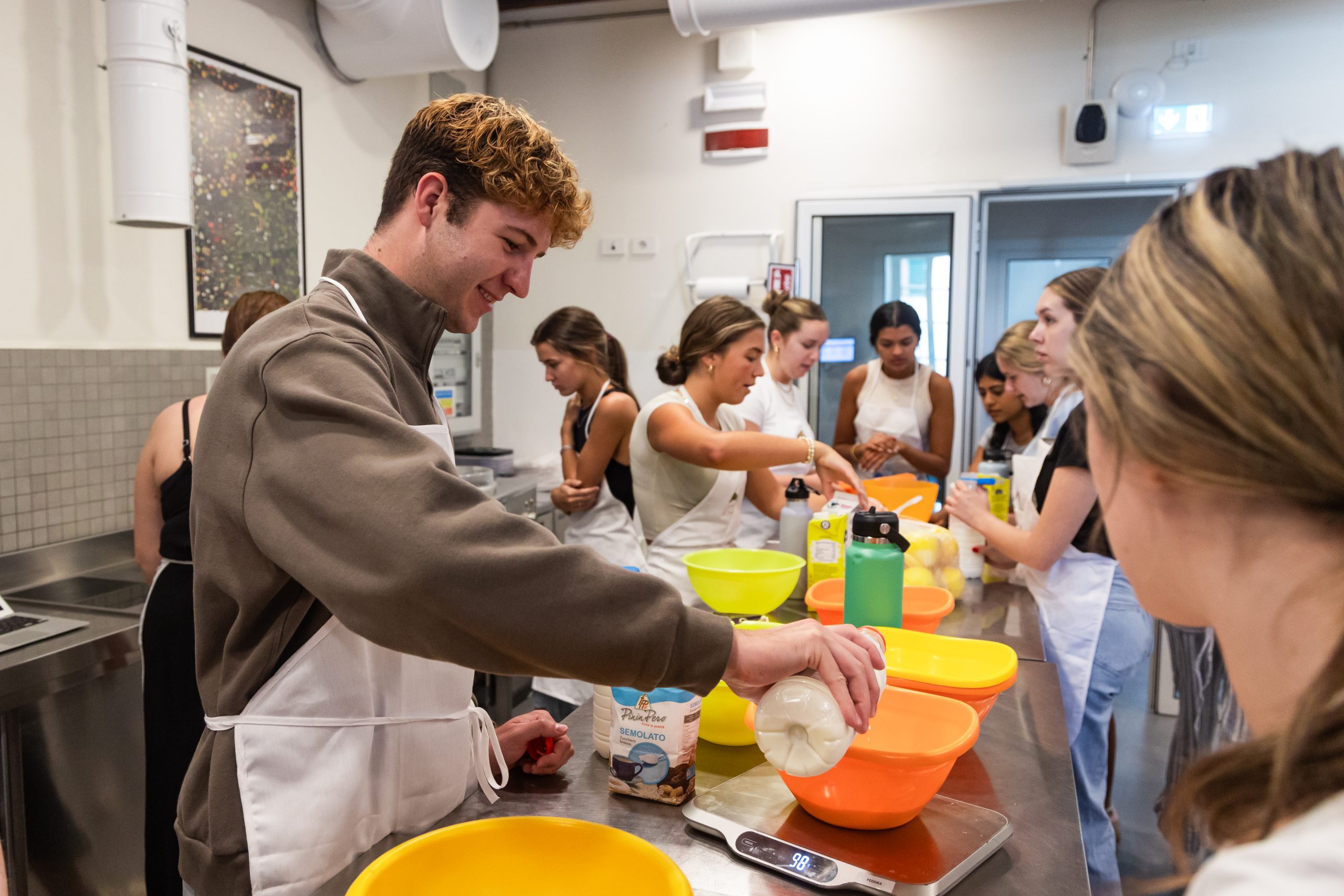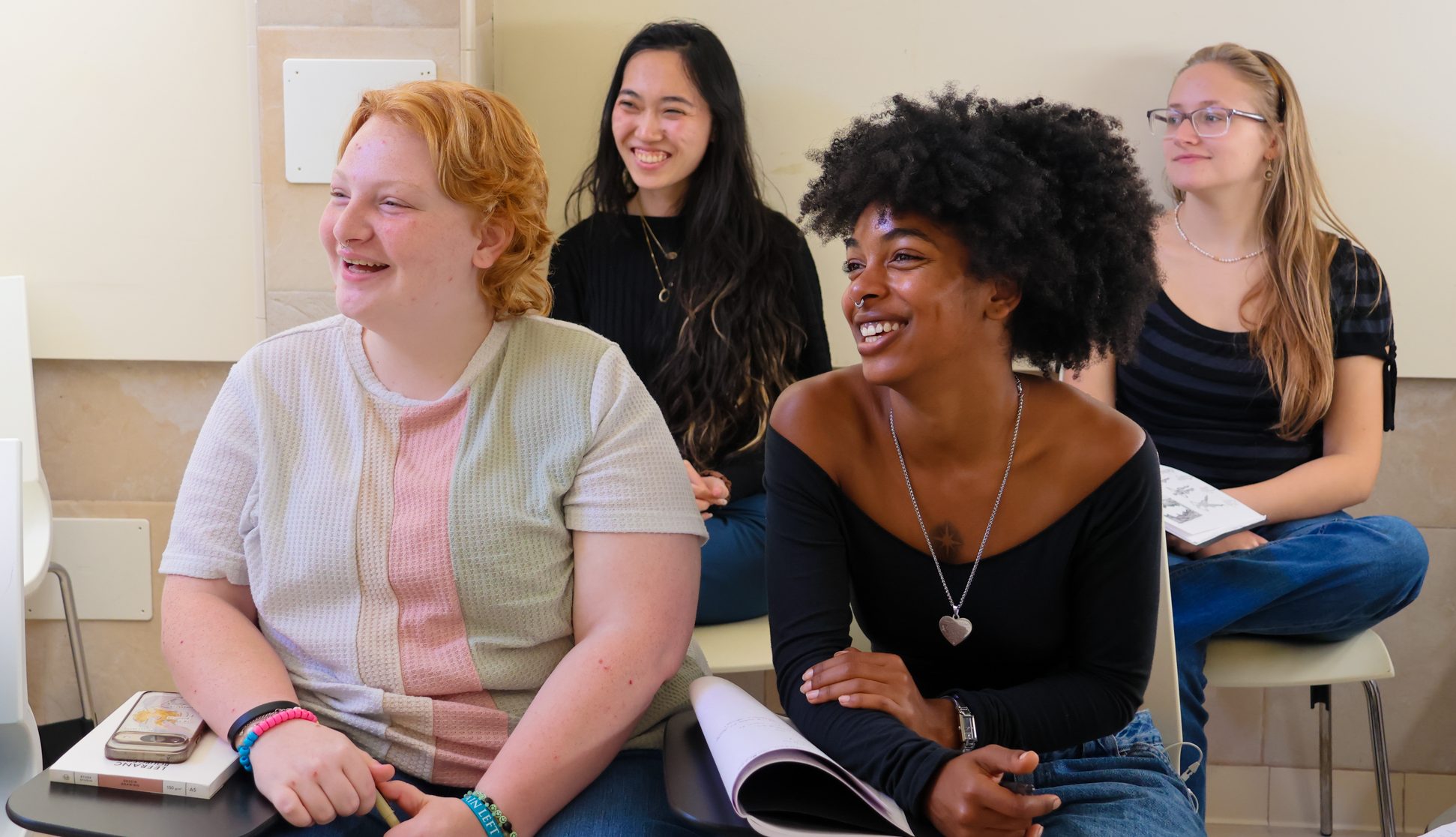With Blending's focus this Fall on material media, I wanted to write something different. In conversations with students, staff and curious readers, I often liken...
For Sean Walklin and Mario Giragosian, their visit this past Fall semester to Florence University of the Arts (FUA) was a welcome home. As...
A Taste of Transformation





